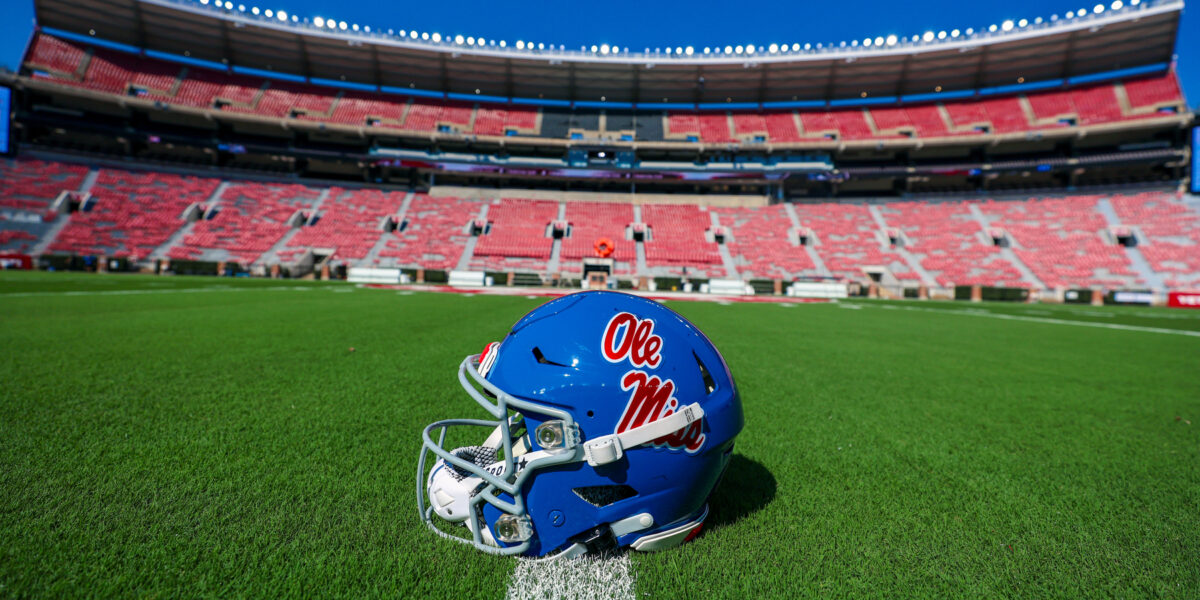In the high-stakes game of NBA roster management, the Miami Heat find themselves at a strategic crossroads. On one side of the scale sits Tyler Herro, a budding sensation with the potential to redefine the franchise’s future. On the other, there’s the allure of a seasoned maestro like Damian Lillard, whose proven prowess could immediately elevate the team’s championship aspirations. Balancing a rising star and a recognized game-changer is no easy feat, but it’s the dilemma the Heat might have to navigate.
The NBA, at its core, is a league driven by superstars. They fill arenas, dominate highlight reels, and most importantly, lead teams to championships. Lillard, with his clutch performances and leadership, embodies this archetype. Bringing in a player of his caliber signals a clear intent: the pursuit of immediate glory. His ability to control the tempo, sink game-winners, and rally a team is well-documented. For the Heat, a franchise with a rich winning tradition, Lillard could be the missing piece in another title run.
However, this is where the strategy becomes intricate. In Herro, Miami has a young prodigy. His rookie season showcased flashes of brilliance, with clutch plays in the playoffs that belied his age. The subsequent seasons have only solidified his reputation as a player with a high ceiling. Trading away such a talent is always a risk. Herro represents the future, a cornerstone around whom the team could potentially build for years to come.
The decision, thus, hinges on the franchise’s vision. Is the goal to capitalize on the present, leveraging the prime years of their current roster, and go all-in for a championship in the next couple of seasons? Or is it to ensure sustained competitiveness, nurturing young talents like Herro while strategically adding pieces around him?
Another factor in play is the dynamics of the locker room. NBA teams aren’t just a collection of individual talents; they’re a cohesive unit. Introducing a major player can shift these dynamics, for better or worse. While Lillard’s experience and leadership are undeniable assets, the Heat would need to ensure that his integration doesn’t disrupt the existing team harmony.
Financial considerations further complicate the equation. Lillard’s contract, and the potential max deal he might seek in the future, could hamstring the Heat’s salary cap flexibility. On the contrary, Herro, still on his rookie contract, provides significant value for his cap hit.
In conclusion, Miami Heat’s strategy in this potential trade scenario is emblematic of the larger challenges all NBA franchises face: the eternal juggle between the present and the future. Whether they choose the promise of Herro’s potential or the immediate impact of a superstar like Lillard, one thing’s certain: the decision will shape the franchise’s trajectory for years to come.
The NBA, at its core, is a league driven by superstars. They fill arenas, dominate highlight reels, and most importantly, lead teams to championships. Lillard, with his clutch performances and leadership, embodies this archetype. Bringing in a player of his caliber signals a clear intent: the pursuit of immediate glory. His ability to control the tempo, sink game-winners, and rally a team is well-documented. For the Heat, a franchise with a rich winning tradition, Lillard could be the missing piece in another title run.
However, this is where the strategy becomes intricate. In Herro, Miami has a young prodigy. His rookie season showcased flashes of brilliance, with clutch plays in the playoffs that belied his age. The subsequent seasons have only solidified his reputation as a player with a high ceiling. Trading away such a talent is always a risk. Herro represents the future, a cornerstone around whom the team could potentially build for years to come.
The decision, thus, hinges on the franchise’s vision. Is the goal to capitalize on the present, leveraging the prime years of their current roster, and go all-in for a championship in the next couple of seasons? Or is it to ensure sustained competitiveness, nurturing young talents like Herro while strategically adding pieces around him?
Another factor in play is the dynamics of the locker room. NBA teams aren’t just a collection of individual talents; they’re a cohesive unit. Introducing a major player can shift these dynamics, for better or worse. While Lillard’s experience and leadership are undeniable assets, the Heat would need to ensure that his integration doesn’t disrupt the existing team harmony.
Financial considerations further complicate the equation. Lillard’s contract, and the potential max deal he might seek in the future, could hamstring the Heat’s salary cap flexibility. On the contrary, Herro, still on his rookie contract, provides significant value for his cap hit.
In conclusion, Miami Heat’s strategy in this potential trade scenario is emblematic of the larger challenges all NBA franchises face: the eternal juggle between the present and the future. Whether they choose the promise of Herro’s potential or the immediate impact of a superstar like Lillard, one thing’s certain: the decision will shape the franchise’s trajectory for years to come.
Tags:#sports




